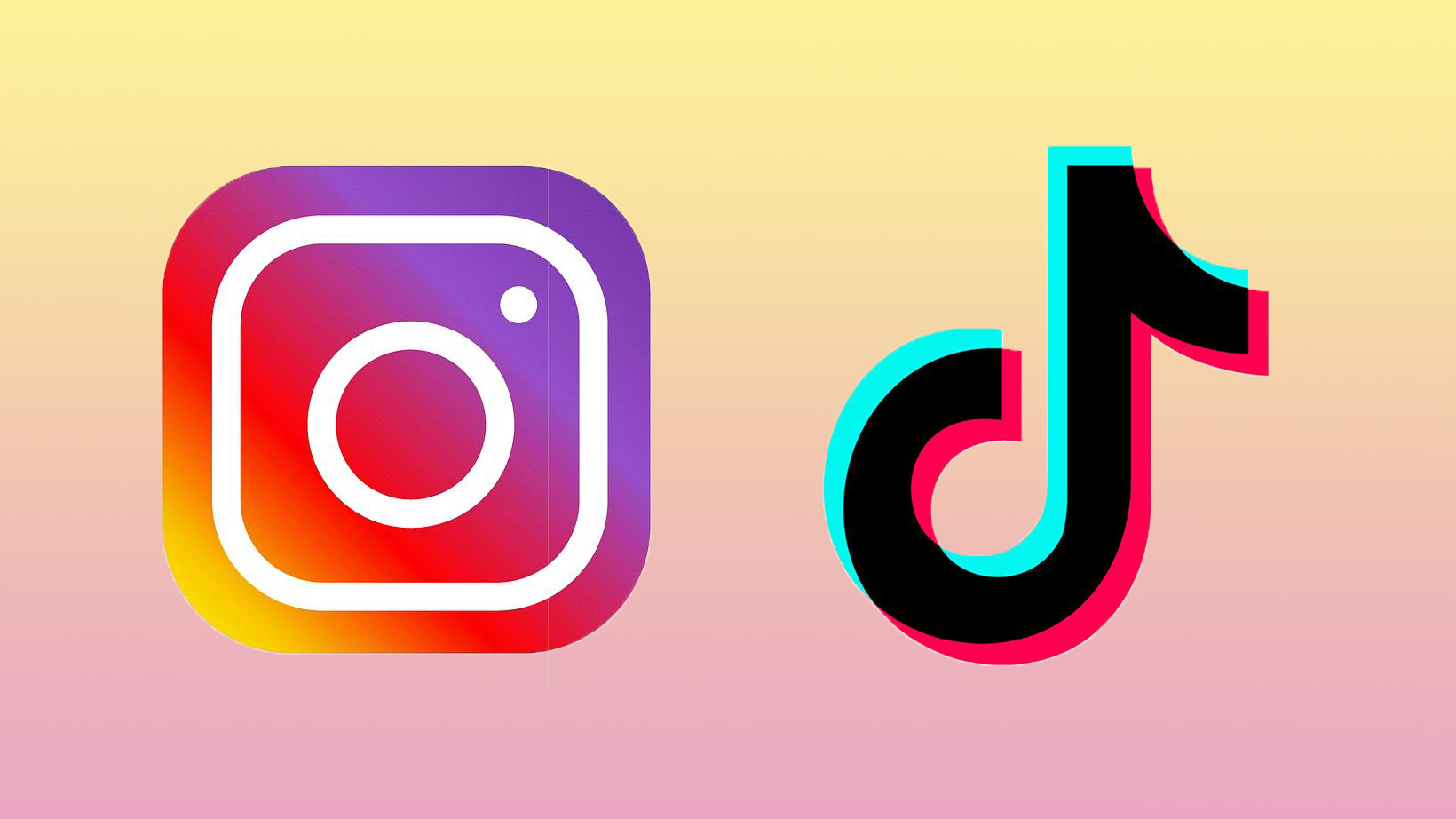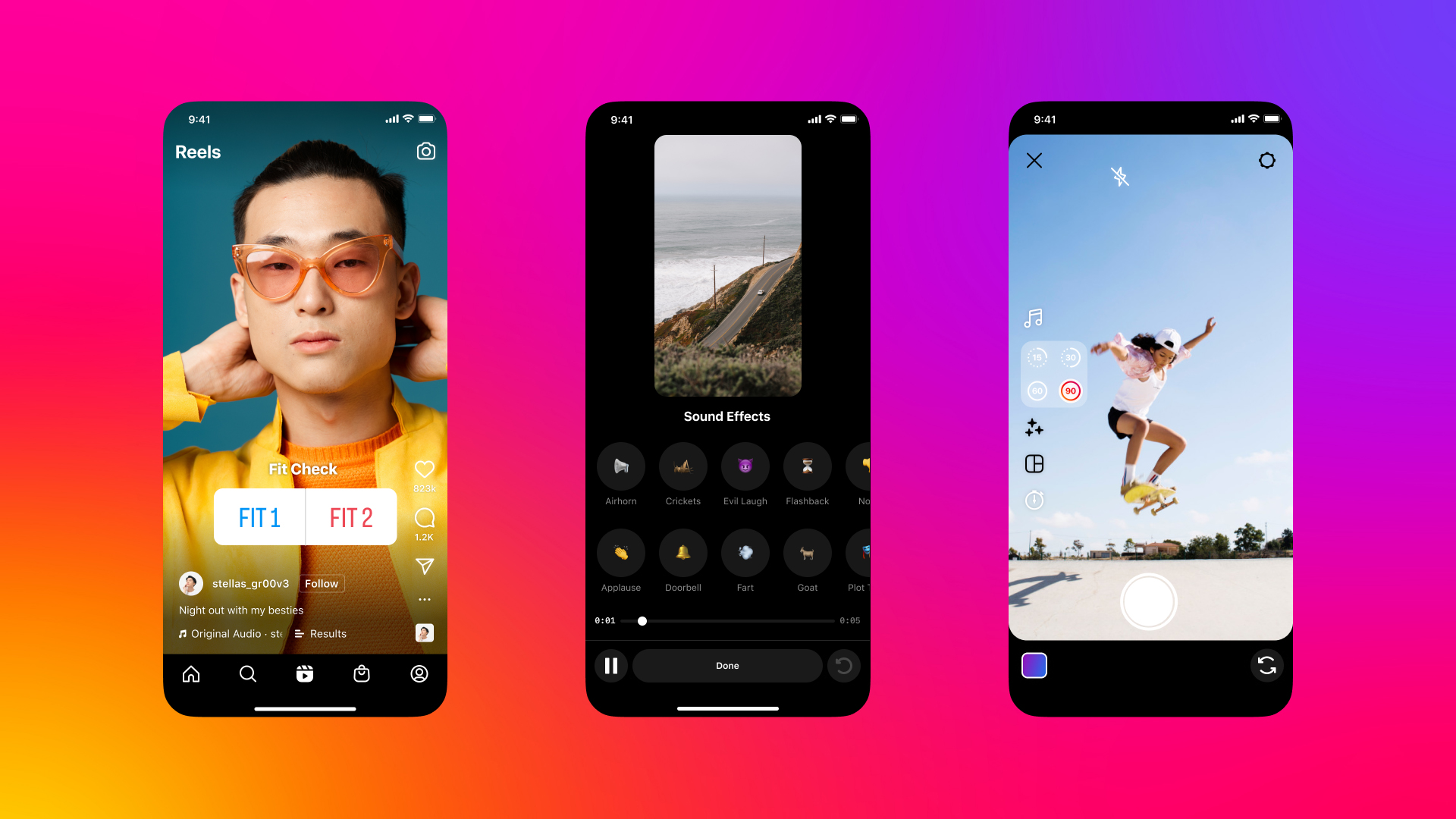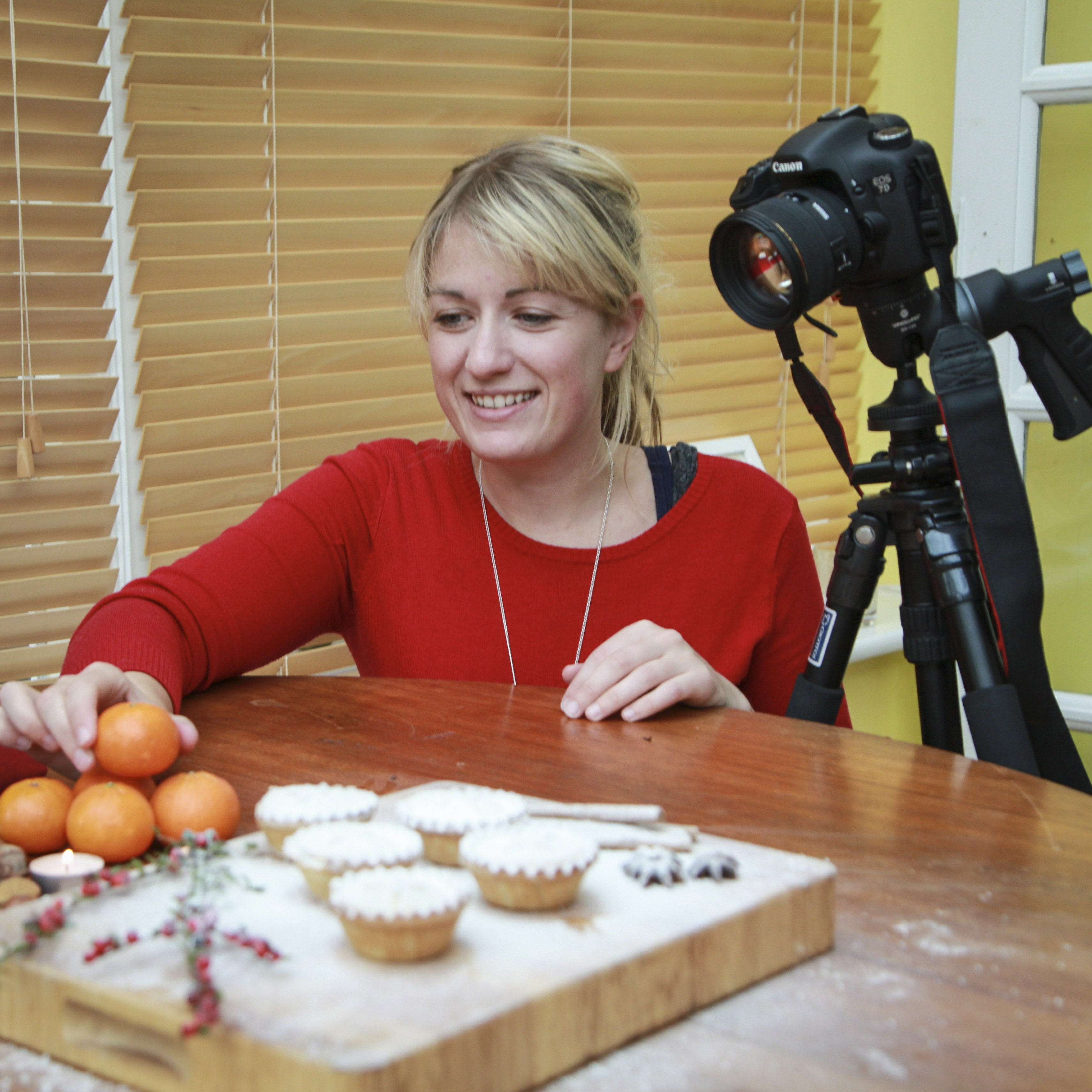How to go viral with your photography
A social media presence is now a must for aspiring professional photographers – here's 5 top tips for getting noticed

We live in a world where millions of images and video content are uploaded to social media sites daily across the globe. On Facebook alone, over 300 million images are shared every day – and on Instagram, an average of 95 million photographs are uploaded to the platform daily.
One of the greatest things about social media is having a worldwide audience right at your fingertips and the potential to connect with many millions of other users. However, with continuous input from multiple directions, it can be hard to stand out from the crowd and find a way to make an impact, particularly if you’re using these platforms in a professional capacity.
So, to help you with your social media marketing, we’ve compiled a list of our top five tips. Our aim is to help you grow your audience and create a more engaging strategy that will ensure your work gets the likes, shares and retweets it deserves.

1. Where to start?
You’re probably on some type of social media platform already, as most people and businesses are. If not, signing up to at least one site is a must. It’s a good idea to separate your business from personal accounts so you can adapt your approach and keep things professional. That’s not to say you can’t make your business account personal to you – it just has to be done in the right way.
Most photographers will already be familiar with Instagram, Facebook, YouTube and Twitter. These platforms draw in huge numbers of users – Facebook alone has a massive 2.4 billion active members every month. Although the big networks are a great place to start, there are other platforms worth exploring.
Pinterest is great for stills imagery, while for short-form video, TikTok has grown rapidly over the past couple of years and now has over one billion active global users. For those unfamiliar with TikTok, it is a video hosting platform and its sole purpose is to entertain. It attracts a younger audience compared with Facebook, for example, but if you make behind-the-scenes videos, this platform may be worth considering.
Tumbler, LinkedIn, Pinterest, Behance, 500px, Flickr and Vero are also worthy platforms for photographers to consider although as each one serves a slightly different audience, you will first need to decide what your goals are and then carry out some research into each site.
Get the Digital Camera World Newsletter
The best camera deals, reviews, product advice, and unmissable photography news, direct to your inbox!
For example, if you want to create viral content that has a large reach, then ideally you’ll need to be on one or two of the bigger platforms. However, if your aim is to interact in a social community, then one of the smaller hosts could work better for you. Only you can decide where you feel most comfortable and what works for you.

2. Making movies
As photographers, our primary purpose is to create still images, but if you really want to go big and viral on social media you need to put your efforts into making video content with one of the best cameras for video. This could be anything from a behind-the-scenes look at one of your photoshoots, an ‘unboxing’ video where you open and review the latest kit, to creating fun Reels on Instagram.
If you look at how the big social media platforms are operating, you’ll notice there has been a big push toward video content even just in the past few months. For example, Instagram recently expanded its Reels feature so that it now supports 90-second videos instead of 60-second videos previously.
Reels are essentially short, entertaining videos that can be layered with music, text, filters, interactive backgrounds, stickers, and still images. They need to be filmed in a vertical format, and the recommended aspect ratio is 9:16. Images for Reels need to be 1080 x 1920 pixels. It’s important to note that Reels made for the likes of Instagram and TikTok will not work so well for video-sharing platforms. One such platform is YouTube, which is an excellent resource for photographers. It reaches huge numbers, with 149 million people logging in daily to YouTube and users watching an average of 40 minutes of video content per day.
YouTube will benefit those who have the time and resources to create higher-quality video content – for example, a more in-depth, behind-the-scenes video of a photo shoot or a series of videos that educates viewers about the kit or techniques you use for your photography. Ideally, content for YouTube should be filmed in a landscape format as well and not vertical.
3. Be genuine
To ensure your content engages with others you have to come from a genuine angle and, most importantly, be yourself. If you try to market your social media account with a heavy business slant or if it has an impersonal feel, you probably won’t get much interaction.
It’s vital that people can connect easily with it, so ideally you will need to be the face of your social media. For example, every so often remind your followers of who you are and what you do. This could simply be a video that you’ve shot on your phone, or if you don’t enjoy speaking to the camera, find an interesting image of you taking shots and explaining the story behind them.
Educational posts are popular, sharing secrets always gets hits, and before and after examples can also get good engagement. Whatever angle you come from, people want to connect with something genuine so you need to give them that.
We find it best to learn from others, so do your research. Search famous names or photographers you aspire to. Look at their strategy and how they approach their social media channels. Although it’s best not to copy directly, it’s always useful to draw inspiration from things that have caught your eye.

4. Hashtags
How you share your content will also have an effect on how it is found and distributed. Hashtags (keywords preceded by a # symbol) took off with Twitter back in the 2010s and now many users take advantage of them across multiple platforms. The idea behind hashtags is that the content you are posting becomes searchable, labelled and categorized. Wondering how to use Instagram hashtags?
On Instagram, you have the opportunity to use up to 30 hashtags for a post and up to 10 hashtags for a story. Instagram has recently suggested using between three and five hashtags, explaining that its new ‘suggested’ content feed is able to categorize content easier with fewer hashtags. We haven’t seen the results of this on our own feed yet, so we don’t know whether it works but as with any social media platform, you need to evolve as they change and try to keep up with the trends.
When it comes to adding hashtags to your own posts, niche and relevant words to your industry will get better results. It’s also worth noting that in order for your hashtag to appear in search results, your account needs to be public – as it does if you want to go viral too!
Again, we recommend having a look at what type of hashtags the industry leaders are using and adapt your strategy from their posts.
5. Engage and post
To see any type of return on social media, you need to be consistent in your approach. Whilst posting daily may seem achievable to some, for others, that may be too much. Work out how your social media schedule can fit into your daily or weekly workload as it can take up a considerable amount of time. We recommend posting at least once a week in order to grow an account and engage with an audience.
Finally, it’s also important to interact with others from whatever community you are in and do so from a genuine angle. For example, like other work, comment on posts, share stories and interact as much as you can. The more interaction you have with others, the more likely they will start to engage with your content. In turn, this creates a bigger audience for you and increases your chances of going viral!
Read more
How to use Instagram hashtags
The best camera for streaming
The best cameras for vlogging
Claire is a professional photographer and writer, and lives by the the sea with her two young children, husband and cat in the southwest of the UK.
After graduating from The Bournemouth Arts Institute with a first-class degree in photography, Claire worked for a number of years in the publishing industry, including as Technique Editor for Digital Camera magazine.
She loves anything and everything to do with photography, from creating magazine articles to photographing ballerinas on the beach and newborn babies (but not at the same time). She mainly shoots with digital DSLRs, but does dust off her beloved Hasselblad medium-format film camera once in a while…
- Lauren ScottFreelance contributor/former Managing Editor

